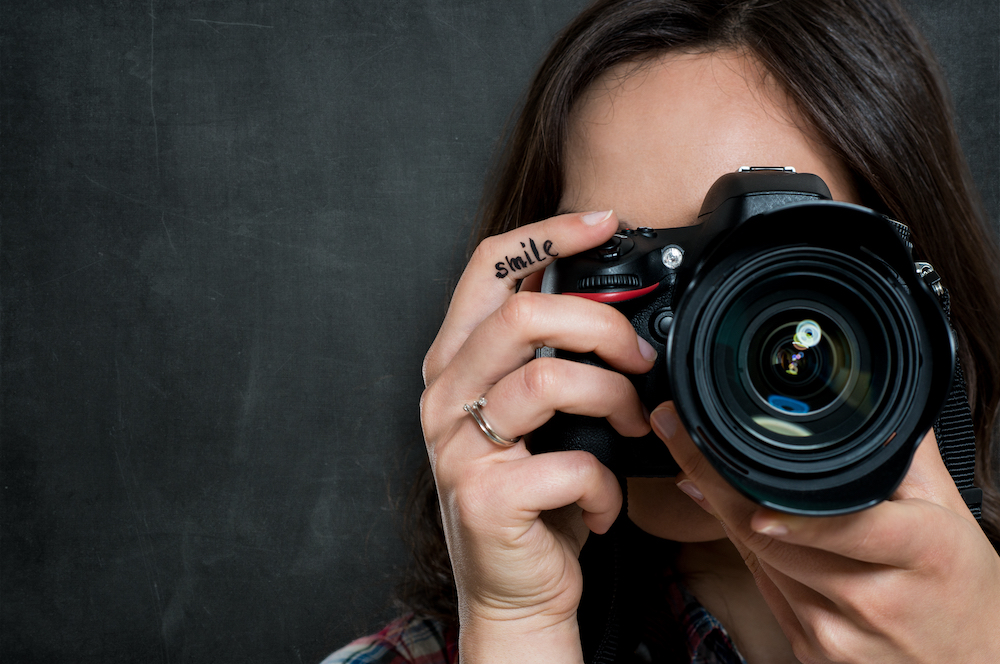10 Photography Tips for Taking Better Marketing Photos

If the photographs you post on social media don’t seem professional enough, it will reflect poorly on your brand. Obviously, you want to show off your brand and product to your social media followers. Why not employ a reflection to capture the sea and shoreline during a sunset, rather than just providing a dull photo? Create a unique viewpoint. You don’t want your social media marketing photographs to appear bland and amateurish, right? You want marketing photos just like the ones taken by experts in social media marketing in Kansas City.
People are excellent subjects for social media marketing. So don’t be afraid to use abstract pictures to grab people’s attention. Consider how you can make your marketing photographs pop off the page and grab the attention of social media users.
For those who haven’t made the transition from amateur to professional photographer, it might be scary. The distinction between the two, however, is far smaller than most people believe. With only a few basic techniques, you can improve the quality of the marketing images on your website without hiring an expert in social media marketing in Kansas City.
Here are the tips that will surely improve your marketing photos:
1.) Use the rule of thirds.
The rule of thirds is taught in most beginner photography programs and many art classes because it is a valuable technique. This rule instructs you to picture your canvas as being divided into nine equal sections.
The rule of thirds was created to aid artists in creating a well-balanced composition in their work. It’s also crucial for deciding where your piece’s focal point — your product – should be. Your aim is to put your goods along the lines, ideally at the intersection of two lines.
According to studies, people’s eyes naturally travel to one of the crossing points while examining photos rather than the center of the frame.
2.) Take pictures of the details.
You may talk about the nitty-gritty specifics of your product all you want. Still, there’s no assurance that your potential buyers will understand what you’re saying. Take images of each significant feature to guarantee that even the most visual learners receive a comprehensive picture of what your product has to offer. Nothing is left to the frequently erroneous imagination in this manner. These types of photographs provide your prospects with a better understanding of what you’re selling, increasing the likelihood that they’ll buy.
3.) Take a panoramic photo.
Because smartphone cameras have such a small frame, it might be challenging to capture wide-angle shots. Shooting in panoramic mode lets you get a more comprehensive picture of a vast scene, such as a skyline or sunset. When conveying a feeling of scale, panoramic photographs may also generate a dramatic, sweeping impression, just like what experts in social media marketing in Kansas City are doing.
4.) Use the crop feature.
The use of the zoom option is another beginner error that people make all the time. Unless you’re taking images with a professional camera, manually zooming in on a topic is a no-no. That kind of gear is extra. Your smartphone will take photos that are suitable for sharing.
However, as you begin zooming, the photo’s quality suffers. Rather than zooming in, get closer to your subject. Don’t be concerned if this isn’t achievable. Take a photo from where you are and adjust the composition with the rule of thirds.
After taking the shot, all you have to do now is crop it to your taste.
5.) Set the scene for your goods.
Your customers must visualize themselves utilizing your goods. After all, why would someone buy your product if she sees photographs of it online and can’t imagine herself using it?
Before a person with limited cash buys something, they must be convinced that it would benefit their everyday lives in some manner. When products are taken out of context, it’s tough to see oneself utilizing them. Someone looking for a mattress for their new apartment, for example, is unlikely to choose one that is offered just resting against a blank background.
6.) Shift your angle.
Although it may feel natural to bring the camera up to your face and shoot, changing your viewpoint may drastically alter the look of your images. Try leaning down to shoot up or going above your subject to shoot down instead of shooting at eye level.

7.) Simple props work best.
When it comes to product photography props, don’t go overboard! Always keep in mind that the product should be the focal point of each product photo. Props, on the other hand, could assist your consumers in seeing you in a better light.
So, how do you pick the right props for the job? When it comes to props, it’s best to use basic props in line with the color scheme and relevant to the scenario or your product.
8.) Make sure your camera is stable.
Consider using a tripod if you’re capturing a shot that requires a steady hand. Some smartphone tripods are highly portable. Smartphone cases with threads for mounting on big tripods are also available. If you’re in a hurry, simply propping your phone against a cup or a bottle should work. When combined with the self-timer feature, one of these alternatives will let you capture the perfect scenery, sunset, or selfie!
9.) Don’t abuse the zoom feature.
Using the zoom tool on your smartphone camera reduces the image’s total quality, resulting in grainy photographs and limiting your editing possibilities. So you’re better off getting closer to that gorgeous puppy on the opposite side of the dog park if you want a close-up photo.
10.) Look for symmetry.
Another visual feature that we are naturally drawn to is symmetry. So, if you have the chance to capture symmetry in an image, take advantage of it. The image is elevated and more professional when the symmetry is captured. Your photographs must stand out and register to get the attention of your customers. It will reflect negatively on your brand if all of the images appear to be taken by an amateur. We both know that’s not something you want to happen. It’s straightforward, yet it works.
Engaging photography may help you create relationships with your audiences that will endure a long time and provide you with a competitive advantage. Handy digital cameras and smartphone cameras are becoming powerful tools to develop excellent marketing material since they are simple to use and always with us.